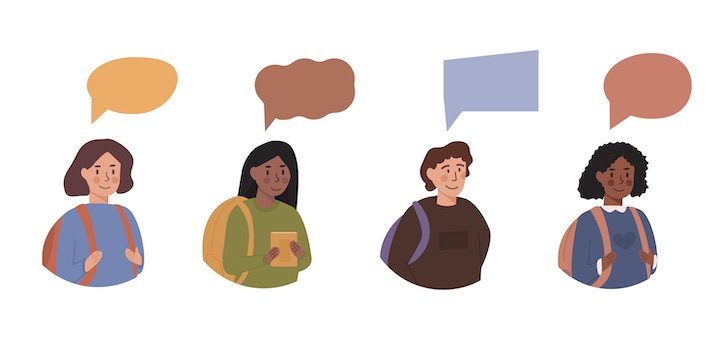Tagged: inclusive classroom
When we incorporate literacy assessments that honor students’ assets and identities, we take an essential step toward creating an inclusive classroom that values students’ cultures and centers them in their learning. Teacher educators Sean Ruday and Katie Caprino show how.
To meet the learning needs of students with diverse abilities in inclusion classrooms, NBCT Elizabeth Stein suggests a focus on equity. She offers four key strategies (with supporting resources) that align specifically with co-teaching strengths and student abilities.
Co-teaching/UDL coach and NBCT Elizabeth Stein makes the case for small group instruction being the very thing to engage co-teachers in co-designing accessible, meaningful learning and effective outcomes for everyone in inclusive classes. See: benefits for learners.
Barbara Boroson offers a useful, comprehensive, summative guide providing positive and proactive strategies to educators who are not familiar with or may not be comfortable yet working with students on the autism spectrum, says SpEd veteran Carrielynnn O”Reilly.
Barbara Boroson’s second edition is a valuable source of information and advice, written in everyday language. Although the book is intended for educators, teacher Linda Biondi also recommends it to parents who want to learn more about ASD and to advocate for their children.
Our brain’s executive function allows us to control and organize our thoughts and behaviors. All students in the middle grades – not just those with special needs – can benefit from scaffolding as they strengthen these abilities. Elizabeth Stein tells how.




















